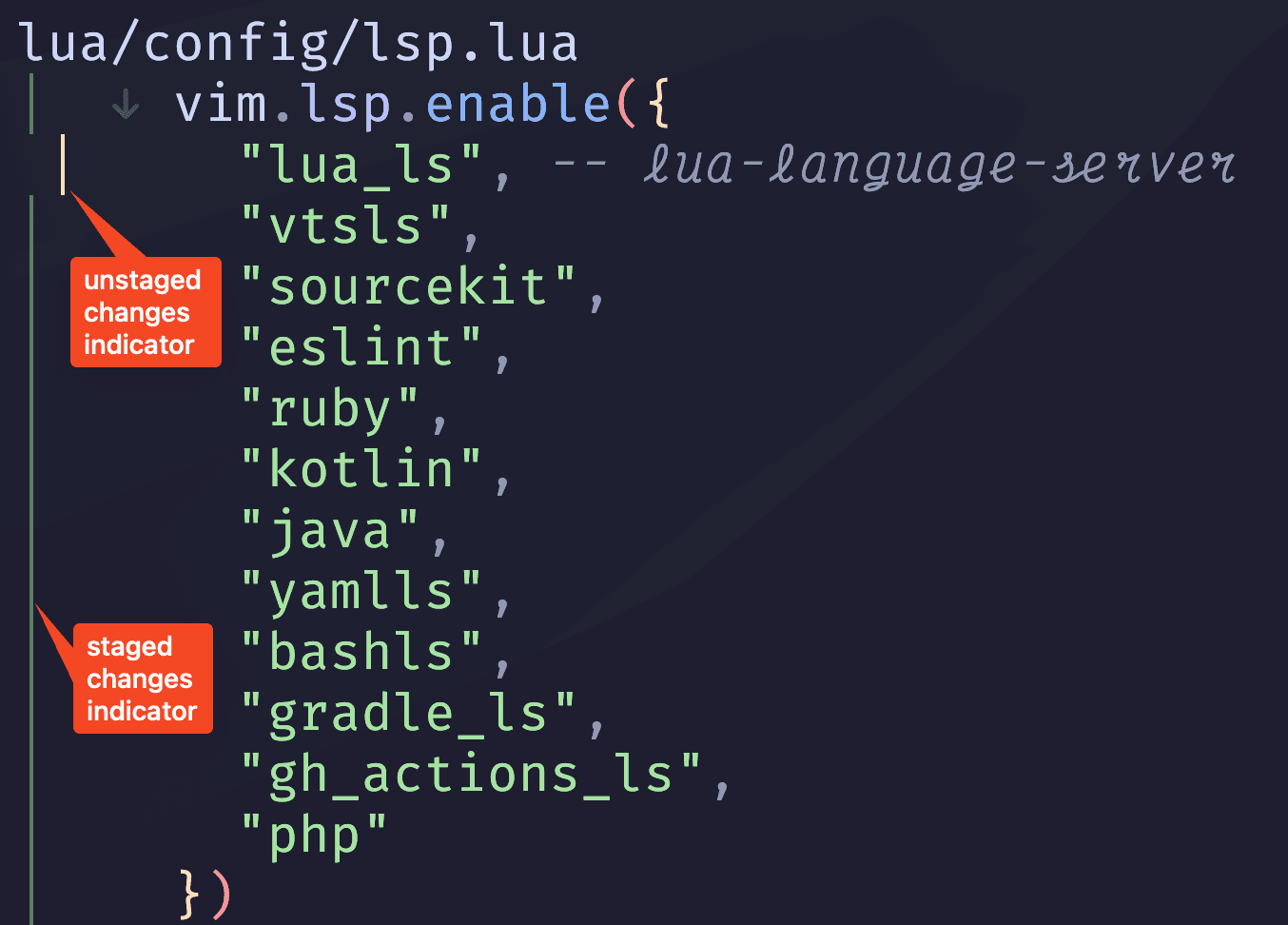- Published on
PDE
- Authors

- Name
- Kiet
Over the years, I’ve had the privilege of working with both Integrated Development Environments (IDEs) and Personal Development Environments (PDEs). Each has its own strengths, and choosing between them often comes down to personal preference and workflow needs. While IDEs are renowned for their feature-rich, out-of-the-box capabilities, PDEs offer a level of customization and flexibility that’s hard to match.
Let’s take a closer look at what makes these two approaches distinct and why a PDE might be worth considering.
What is PDE?
A Personal Development Environment is a bespoke setup crafted to suit an individual developer’s unique workflow. Typically built around lightweight text editors like Vim, Neovim, or Emacs, PDEs are enhanced with carefully chosen plugins, tools, and configurations.
The magic of a PDE lies in its adaptability. You have the freedom to shape it into an environment that perfectly aligns with your needs—whether that’s writing code, managing tasks, or automating repetitive processes. While setting up a PDE requires an upfront investment of time and effort, the payoff is a highly efficient and personalized workspace.
Why Choose PDE?
If you value control, efficiency, and a lightweight setup, a PDE might be the perfect fit. It’s especially appealing for developers who work across multiple programming languages or prefer a minimalist approach to their tools. With a PDE, you’re not limited by the constraints of a pre-packaged environment; instead, you can create a workspace that evolves alongside your skills and projects.
With Neovim, I can add anything I like and remove what I don't, for example, I can customize it to display both staged changes and unstaged changes on the statuscolumn.

Conclusion
Both IDEs and PDEs have their place in a developer’s toolkit. IDEs excel at providing a ready-to-use environment for tackling complex projects, while PDEs empower you to build a workspace that’s uniquely yours. By understanding the strengths and limitations of each, you can make an informed decision that enhances your productivity and satisfaction as a developer.
I’m not here to convince you to switch to a PDE like Neovim or Vim, but I encourage you to explore the possibilities. Who knows? You might just discover a development environment that feels like home.